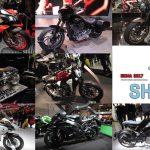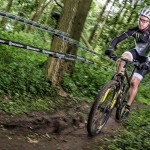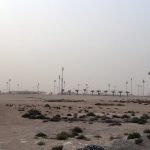Oh, to spend a week in Gabriele Mazzarolo’s shoes. We frequently see the tall Italian at a myriad of race events whether its supercross, MXGP or MotoGP. The trips between Alpinestars’ offices and development facilities in Italy and the United States means that the well-connected Mazzarolo is a man constantly on the move. If not working on a plane, hotel or race paddock somewhere (he is also a frequent visitor to F1) then he’s blatting around the roads on a KTM or perhaps one of the newly released Honda RC213V-S; he cannot resist a smile when we ask what the MotoGP-replica feels like.
It might seem like Mazzarolo has an idyllic life orientated around racing but the man also has to control an operation famed as much for its innovation and quality as for its style and presence. Although he has been embedded in the business created by his father Sante in the early 1960s from a young age, Mazzarolo has dictated paths of modernisation and made key judgment calls on wares (the Tech 10 motocross boot is the first that comes to mind) and product development that have helped shape what we see motorcyclists wearing and using on tracks and roads right now. It’s not an exaggeration to say that the thoughts and opinions in his head contain clues to some of the protective measures and aesthetics that will pervade the motorcycle industry in the next half a decade or more (helmets anyone?).
We sit down to talk in his bright and sparse office in the Alpinestars hospitality unit in the MotoGP paddock. Gabriele has the standard issue ‘Astars’ white shirt in place and has been busy at Valencia with meetings and facetime with the raft of familiar people and athletes that populate the tables, three dark sofas and keep the culinary staff working through the day and evening. 2016 has been a decent year on the racetrack with MotoGP, MXGP, Dakar, WorldSBK, MX2 and Moto3 titles in the bag. How has it been otherwise though?
First of all give me an impression of how 2016 has been for Alpinestars…?
Very strong. We have a lot of projects and of course, I’m working on 2018. 2016 was ‘done’ a couple years ago in terms of what I do specifically but for the company. I’m very happy that a lot of projects we started a long time ago are all coming to fruition and that’s significant for us. We have other things that we have started with which are not coming to market yet, so for sure we are have a very strong growth base for products. I look at that and have a good opinion but then I am also very much interested in what we will do next.
Is there anything behind the scenes that has changed for 2017-18? Has R&D grown a little bit more or have you put more resources in one particular area or any new priorities?
Our staff grew in the past eighteen months by fifty people and in Italy it’s mostly R&D and the racing. So it grew ostensibly, particularly in electronics, but it’s not so different from the past because we are [constantly] looking for the right people for development and it’s our natural plan. So there is progression… but mostly it’s through R&D.

Is electronics something difficult to get into? It must be exciting when it comes to the possibilities but then needs acute specialists and resources…
It is exciting. We do things in-house so we have a lot of knowledge over the past fifteen years. Of course we have our suppliers for components or for hardware but it doesn’t seem that difficult because you can really achieve so many things and complex things as well. Having the knowledge in this field is important but actually it’s really nice how things progress so fast.
Alpinestars are usually the first, or among the leaders of this technology, for motorcycle riders. It’s not like you can look around at competition and react. So it’s almost a big position of responsibility as well. When you do it, you have to get it right…
Having so many people racing [with us] is just a natural environment and in racing you get a lot of ideas and things progress fast: and that’s how we are as well. It is part of the way we do things. Yes, as motorcycle users, we also want to make things more comfortable and practical but a lot of performance, safety, motivation or speed can also come into racing. Being so close to racing makes it nicer for us to be developing first.
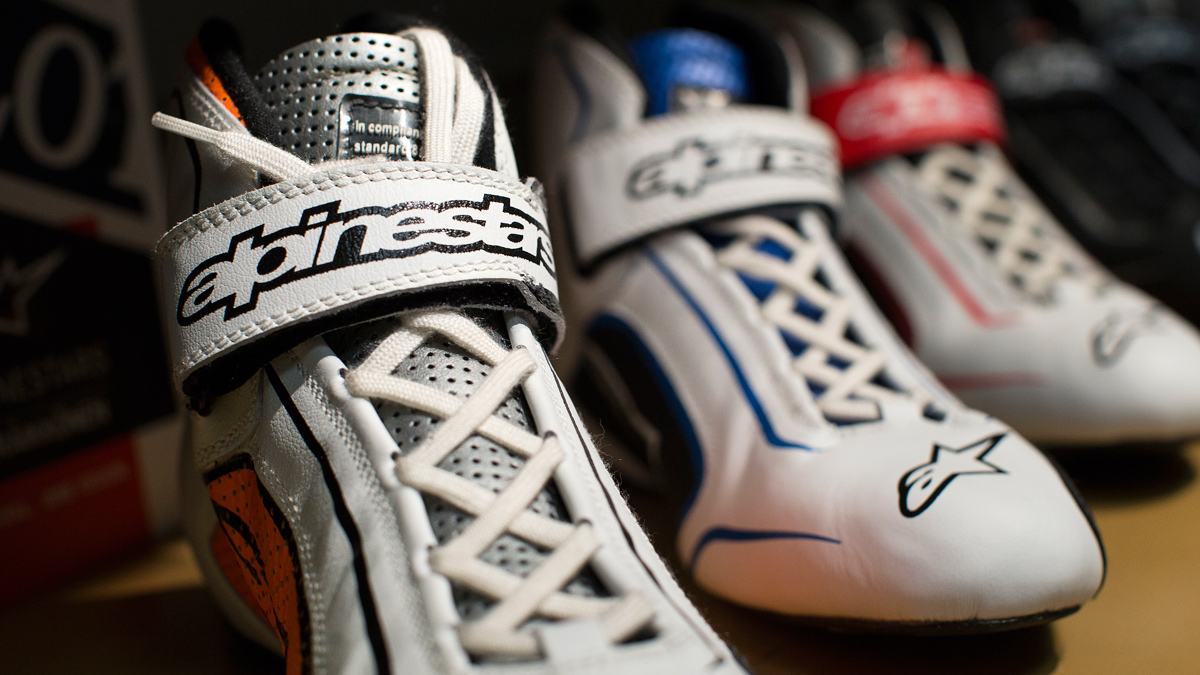
Is Alpinestars moving in one particular direction with the product range? Is it moving more towards technology and more R&D in one special area? Alpinestars is world famous for boots, for riding gear, for leathers, and they suddenly become specialists in potential electronics. Is it almost like a risk?
It seems like everything is about racing but our other interests are motorcycles and car racing motorsports. We are leading in motorcycles on the fashion front for thirty years. In the mid-90s, when we started doing motorcycle apparel I did that in a different building with completely different people. So we always stayed really focussed on motorcycle footwear and then auto racing – with a different team – and then protection, the same. Now there are more things we can do, like helmets for example, that a different team would be dedicated to. Alpinestars is like a lot of ‘companies’ [together] and I’m very keen on keeping the teams completely focused on just the one thing they do. So they never have people crossing over. The product teams for development are really focused on that one activity; that’s how we do it. For auto racing, for example, we started in 2002, we have world champions so far almost every year but that team is 100% dedicated to auto racing. They have nothing to do with motorcycling. The lab can maybe study something for auto racing which is very lightweight and also beneficial to motorcycling. For example, it is very important to eliminate friction heat from a suit in motorcycle racing. So there are some side benefits but the teams are so focused on that one thing.
Tell me a bit about the relationship with KTM. There is a good history between the companies but it seems to be getting deeper. What is the motivation for that?
It was deep from the beginning. KTM have been able to see how we work and that really gave them motivation to do a lot more with Alpinestars. They are really focused on motorcycles and technology and they’re a really fast developing company and they had an opportunity to see that Alpinestars is also like that as well, only applied to apparel. The goal is very similar: we really want to attract more people to motorcycling and we are really based on racing. From that, we draw for the development side of things.
What do you think will be the big benefit for Alpinestars in doing more things together?
Of course for protection and motorcycling we are at just the very first baby steps. There is an airbag that can be seen as a huge achievement, but in reality, the product has been in racing only for six years and on the road for only two years so we really are in the first steps of development. And of course we have our own electronic side of things. So for sure, there are things that will happen and we can do together to make some developments much faster, even better.
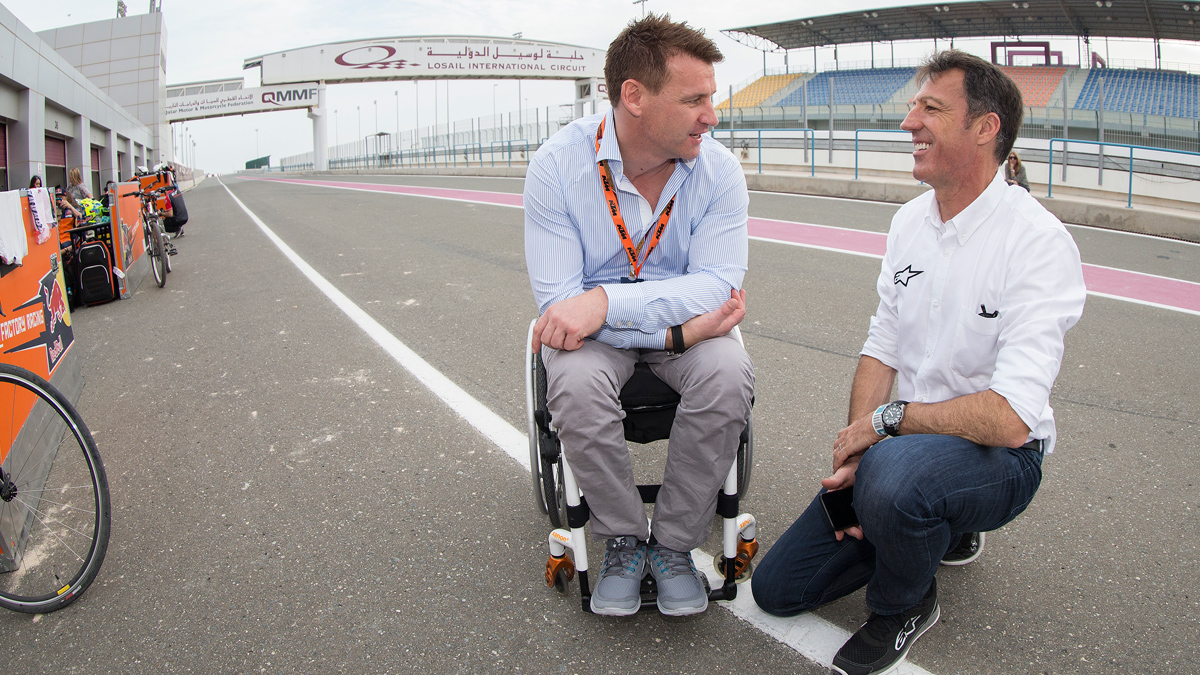
Do you think the companies are similar in some ways, in philosophy?
I think they are very similar. And of course, I have to be humble and not give myself a big compliment because KTM is phenomenal but it’s amazing how cool they are. Our [joint] ambitions are strong. They bring more people to riding with something really good. That was our idea or goal as well. So our companies are very close and similar.
Can you talk a bit more about the off-road airbag? Is that the most ambitious project Alpinestars has at the moment?
No, because it’s not difficult technically to develop it further having already had it for the street and for racing. If we adapt that for other types of rider then it’s again easier because they are already used to wearing a jacket. Of course in motocross [in the past] the top riders had to wear a jersey. Now they have to wear a protector as well so they’re getting used to that. So on the hardware part, it is not going to be difficult. There will be a bit of weight because it weighs more than nothing! But for the hardware part it’s not very complicated. We are doing it already for almost three years.
Do you think people will judge it quite strongly in off-road? When it hits the market people will be like: “Does this work? Will it work? Will it keep me safe?”…
I don’t see that as an issue. Of course the product will speak for itself and it could be a product that you wear under something else. I agree about people having their view. You could say the same thing about racing for the street but it really quickly became a standard: that no rider would be happy to go to a leathers company without an airbag today. Without it, you are really sub-standard, not the other way around. I think that it would be accepted quickly…but we have to make sure we have it working perfectly when we start to introduce it to the market.
Any chance you could you give a rough estimation of when?
I’d rather not because I don’t like to do things because of time pressure. Like the air bags for example, we took two years more than other companies to introduce ours because we had a completely full [product and fashion] base and this was in addition. So for off-road, we are complete with what we have so I have the luxury of not having to make it by that date, or that quarter, or that year. Other companies have financial goals to make and we have our own goals.
I know how important racing is to Alpinestars. 2016 has been a year of diverse success from Toby Price to Jeffrey Herlings to Jonathan Rea to Marc Marquez to Brad Binder. How do you feel about how things have gone on the track and personally for you, if you had to pick one highlight, what would it be?
It’s difficult because I’m here today at MotoGP and I’m proud of our team here. But it’s not only the fact that we have riders…it is how happy they are to be with us. That makes all the difference. So we are not just a sponsor. We’re really proud of them being with us. Jonathan is very special, very meaningful to us, to me and the company. Jeffrey is similar and for what he went through [two years of injury]. I was also happy to see Tim [Gajser, who wears the neck brace] succeed and Marc; what he had went through last year. A lot of them are great for us.
Lastly, anything new in the garage? I heard a rumour that you bought an RCV. Is it any good?
It is fantastic. I didn’t think a motorcycle could be that good. In California, I had other bikes…but it’s really great. It’s that much better. The bike is in Italy but in California and the U.S. I have more options. I’m going to try Laguna Seca in December just for a few days. That should be fun.
Portraits by Ray Archer

